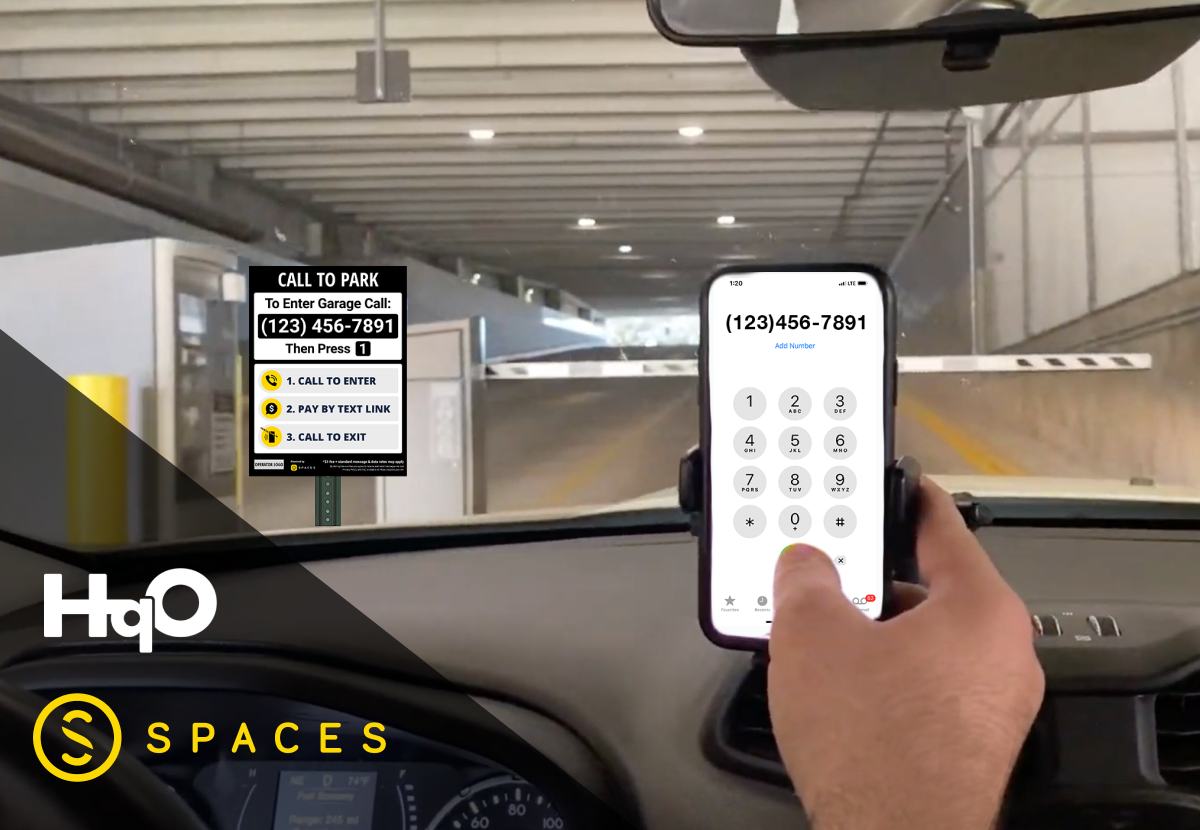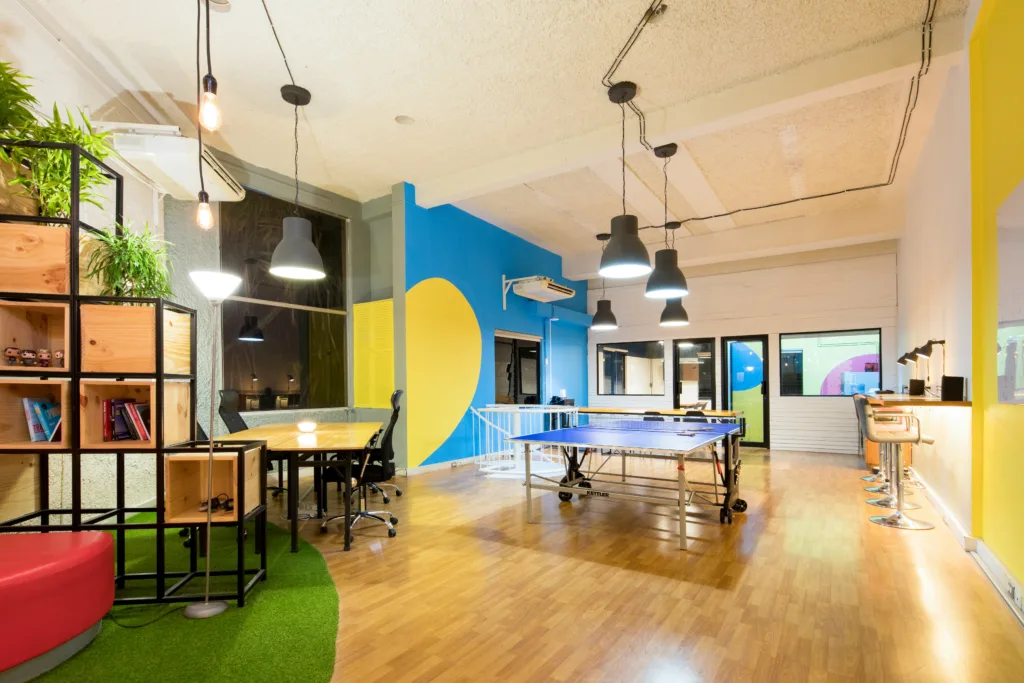Like many things in today’s climate, parking will look different as the workforce transitions back to the office. Some employees will be back at their desks full-time, others will continue to work remotely, and most will adopt a hybrid in-office and at-home approach. As a result, schedules will be more inherently flexible, shifting the way drivers consume parking and how employers view parking spaces.
Today, the parking industry is responsible for prioritizing safety and security in addition to efficiently parking cars. Before COVID-19, employers did not think twice about asking employees to drive into a parking facility, lean outside of their window to press a button, and take a parking ticket. Nowadays, this is unsanitary. Who wants to touch a button or surface that hundreds of other people touch every day?
Just as it has done for office buildings, COVID-19 has also created a desire for a contactless experience in parking access. Now is the time for parking technology to step up and make an impact. As creators of SPACES (a trusted HqOS™ Marketplace partner), we know how owners and operators can make parking simpler, more efficient, and safer — all contributing to a better tenant experience. Here’s how.
Touchless Parking and Mobile Technology
The demand for touchless technology presents unique challenges and opportunities for parking, with hardware and mobile technology providing a number of solutions. In many permutations, new or existing parking hardware is outfitted to host some format of touchless parking.
In most cases, purchasing the latest and greatest parking equipment will never be the chosen path to updating parking facility technology. This is due to one very good reason: it is just too dang expensive. The average cost per lane to purchase and install parking equipment is about $150,000. Once installed, a monthly service and maintenance contract is also required, which can cost in the hundreds or even thousands of dollars per month per location.
Let’s do the math. For a standard eight-lane parking facility (four entry lanes, four exit lanes) the cost for parking equipment alone is $1.2M — and that’s before factoring in the monthly service and maintenance fees. That is a major investment, and hardware is tricky because technology moves so quickly. A gate and entry system that is installed today will be sorely outdated in as little as five years.
Enter parking software and mobile technology. Check out any website from an existing parking app and you will see “Touchless Parking” prominently displayed on the homepage. These companies largely add on to existing parking equipment to provide a touchless experience without the need to replace equipment. Now, we are getting somewhere. Technologies from Bluetooth entry via a mobile app, to waving an in-app barcode across a reader, or even waving your hand across a screen to initiate a parking session have all been deployed.
These solutions all have notable benefits, the number one being that they allow drivers to side-step touching the dreaded parking equipment button to avail a ticket. Aside from that, they track parking sessions via their respective apps and they enable mobile payments, largely eliminating any need for tickets or paper parking receipts. It’s all good stuff.
The one glaring challenge mobile apps face is providing a superior user experience. Sure, drivers can use an app to get into a parking facility, but is it really an improved process? Let’s take the aversion to touching parking buttons off the table for a second. Pressing a button and pulling a ticket is a simple function. This has been the predominant paid parking entry practice for forty plus years. Everyone knows how to press a button, there is no learning curve.
Mobile apps are very popular, but not everyone that is driving is mobile app-savvy. And even though the demand for mobile apps is increasing, there is also a population that simply does not like apps, period. They take up memory, updates can be annoying, push notifications can be even more annoying, etc. So, how does touchless parking reach the app-averse driving population? The solution resides in leveraging technology that isn’t an app at all, appealing to every commuter to and from your building community.
How Can Touchless Parking and Navigation Work Together?
We also cannot neglect to consider how vehicle navigation plays with parking solutions. More and more drivers are using navigation apps or in-vehicle navigation to get to their destination. Even daily commuters use navigation apps to help avoid heavy traffic on their way to work. However, when a driver pulls into a parking facility (if they are on a navigation app) they will be required to exit that app, locate, and open their parking app — and then perform the required function to enter.
This may not seem like a difficult series of functions to some, but consider the conditions under which these functions are being performed. Drivers are in a moving car in an active parking lane. It is very likely that there are other cars behind them, which heightens the stress of the situation. All of a sudden what seemed like a quick switch from a navigation app to a parking app takes a relatively long time. If the app takes time to load or a signal fails, the stress increases. Now this small switch is a big problem, detering drivers from using the parking app in the future.
Thus, to truly provide a superior tenant experience, touchless parking technology has to be navigation-friendly.
Optimized Operations for Parking Owners and Operators
Streamlining the parking experience for tenants with mobile technology should also come with a host of benefits for parking facility owners and operators. The data collected from parking instances can be used to provide real-time tracking and reporting, which makes managing tenant usage much easier. If a parking facility can employ a mobile-based solution, then the tenant’s smartphone can be used as the identifier for their access and validations. This eliminates the need for chaser tickets, ID badges, entry fobs, etc. This will also enable managers to track individual access and usage, and make updates quickly and easily.
The Future of Parking
This is an exciting time for parking technology, since consumer demand is driving a departure from the status quo (i.e. pressing a button and pulling a ticket) and presenting a huge opportunity to provide tenants with parking solutions that are safer and much more user-friendly — all while catering to parking owner and operator needs for better, more streamlined data, validations, and reporting.
At SPACES, we believe that parking should be a 100% touchless, mobile-based transaction that drivers can complete from the safety of inside their vehicle. No app required, no reaching outside of the vehicle. Not only is this safer from a COVID-19 perspective, it is just safer from an overall tenant experience perspective. To learn more about SPACES and how the the SPACESpassTM touchless technology can transform your parking facility, visit our website here or email us at [email protected].
The opinions expressed by HqO Guest Bloggers and those providing comments are theirs alone, and do not reflect the opinions of HqO, any subsidiary or affiliate of the same, or any employee thereof. Although the articles are thoroughly reviewed by HqO staff, the views, opinions and positions expressed within these guest posts are those of the author alone. The accuracy, completeness and validity of any statements made within each article are not guaranteed. We accept no liability for any errors, omissions or representations. The copyright of this content belongs to the author and any liability with regards to infringement of intellectual property rights remains with them.



